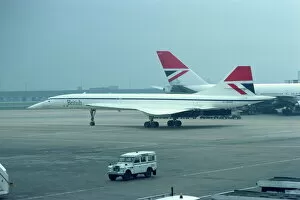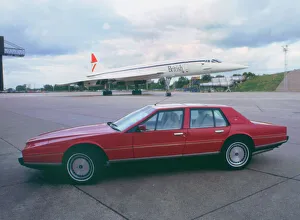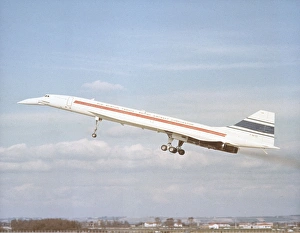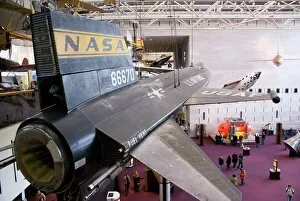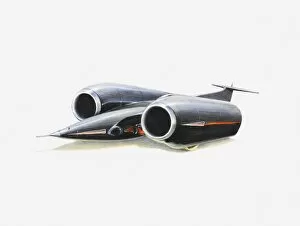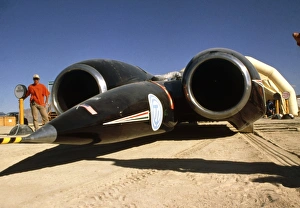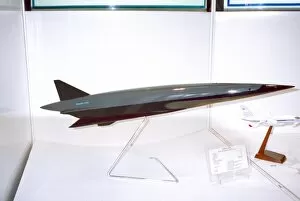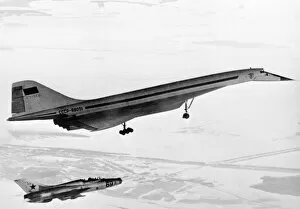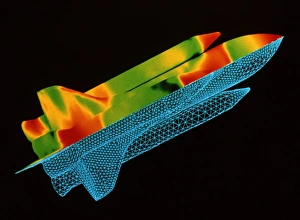Super Sonic Collection
"Breaking Barriers: The Supersonic Saga Unveiled" From the daring feats of Charles "Chuck" Yeager, an American pilot who shattered the sound barrier in 1947
All Professionally Made to Order for Quick Shipping
"Breaking Barriers: The Supersonic Saga Unveiled" From the daring feats of Charles "Chuck" Yeager, an American pilot who shattered the sound barrier in 1947, to the sleek and powerful 1985 Aston Martin Lagonda paired with Concorde, a symbol of speed and luxury. This caption takes you on a journey through time and space. Imagine standing at Heathrow Airport in London during the 1970s, witnessing British Airways' Concorde soaring above with its iconic livery. It's hard not to be captivated by this magnificent aircraft that first took flight as CONCORDE 002 back in 1969. But let's not forget about the pioneers who paved the way for supersonic travel. The X-15 rocket plane and Bell X-1 were among the first aircraft to break through this sonic barrier, pushing boundaries like never before. Supersonic capabilities weren't limited to just planes; they extended even further into land vehicles. Thrust SSC became known as the world's first supersonic car when it broke land speed records in 1997. Its illustration leaves us awe-inspired by its sheer power and innovation. Traveling across oceans brings us to New Zealand's Warbirds Over Wanaka airshow where we witness General Dynamics F-111 Swing Wing Jet Fighter from up close - another marvel of engineering designed for high-speed missions. And then there is The One-Inch Model Airplane – a reminder that even small-scale creations can embody greatness beyond their size. Finally, we encounter Tupolev Tu-144 – often referred to as Russia's answer to Concorde – marking yet another milestone as the first supersonic airliner. In this captivating caption, we celebrate those who dared to challenge limits and embrace super sonic speeds throughout history. Their achievements continue inspiring generations with dreams of reaching new heights while breaking barriers along the way.


